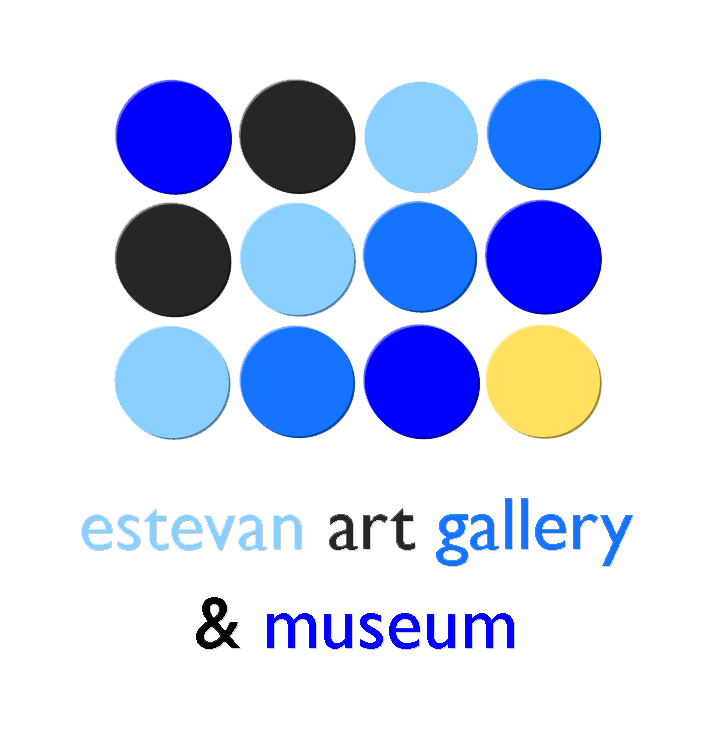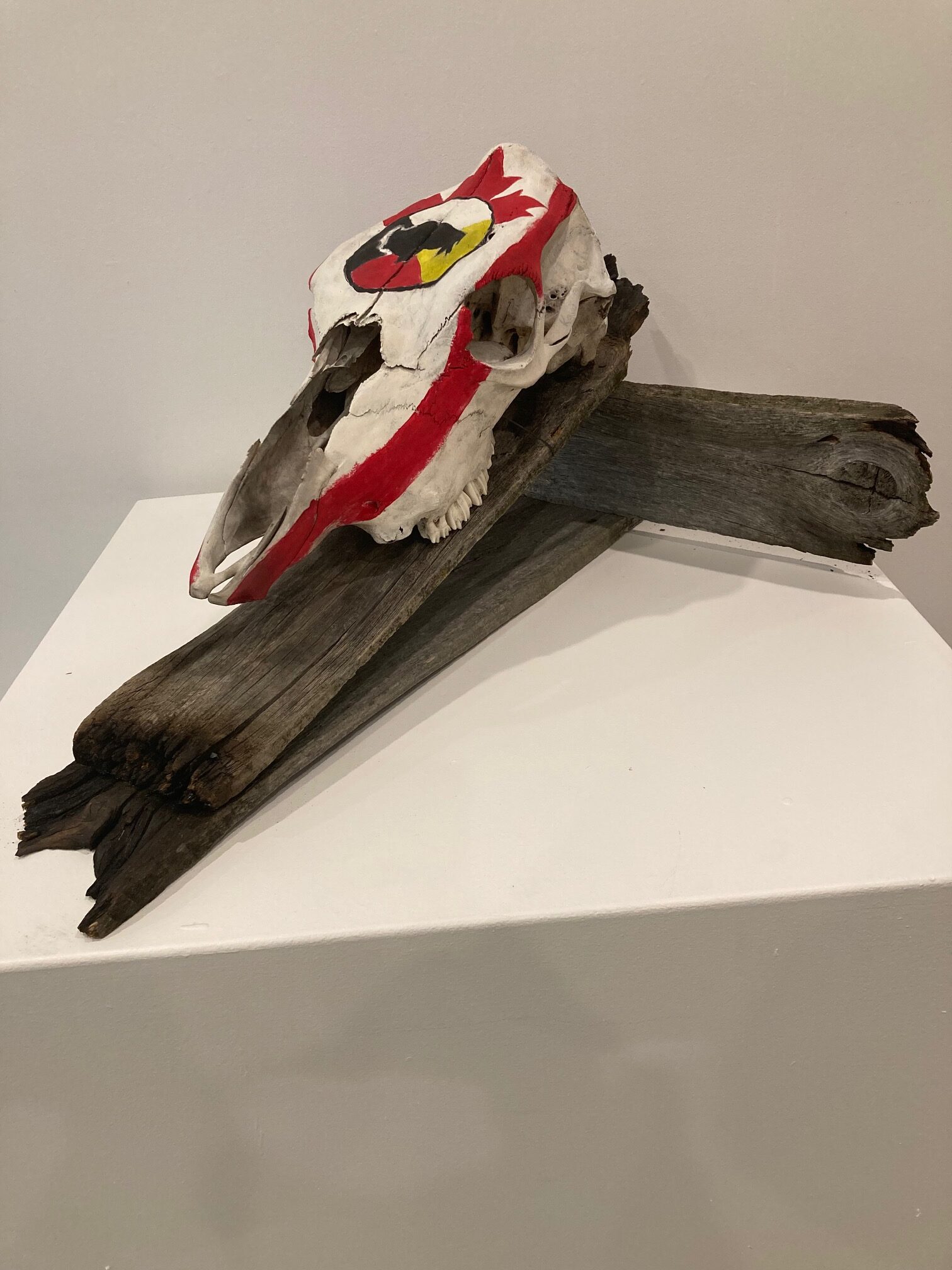Exhibitions
Current Exhibitions
The Burden of Street
Mohadese Movahed
Aprl 11th – May 30th, 2025
earthbound (adjective)
Pronunciation: \ ˈərth-ˌbau̇nd \
The Burden of Street brings together paintings that depict contradictory compositions to provide distinct visual experiences exploring the complexities of our surrounding built environment. The element of the wall plays a significant role in this body of work as public sites for dwellers to engage with the political and social fabric of society. These paintings aim to explore the dichotomy of walls as both tools of control and platforms for resistance. They delve into how authorities use these walls to impose their ideologies and values upon the people, while also emphasizing the agency of dissidents who transform these spaces into channels of protest and expression. A diverse range of artistic techniques and mediums, including collage, painting, drawing, and graffiti, are used to create satirical and ironic situations that reference the deep dualities, disparities, and hypocrisies inherent in ruling systems.
Shades of Humanity
Group Exhibition
Aprl 11th – May 30th, 2025
earthbound (adjective)
Pronunciation: \ ˈərth-ˌbau̇nd \
An Exhibit on Identity and Belonging is a showcase of artwork that highlights personal experiences, cultural identity, and the impact of discrimination. The exhibit aims to raise awareness about racial injustice, encourage dialogue on inclusion, and inspire action toward a more accepting and equitable society. Through artistic expression, we seek to challenge racism, celebrate diversity, and promote a deeper understanding of the strength found in our differences.
Past Exhibitions
Submissions
Submission Procedures
The gallery has two exhibition spaces (Gallery I and Gallery II). The EAGM provides professional technical services for selected projects. The EAGM pays fees to artists and curators in accordance with CARFAC standards. Submitted projects are assessed and recommended for program inclusion by the curator. Please note that unless requested, we do not notify artists when a proposal has been received, and it can take some time for a decision to be made. Artists are always notified as to whether their submission has been selected for exhibition. Please note that our schedule is currently full for the near future, although we are happy to receive proposals to keep on file for future consideration.
Submission Requirements
Statement of Intent or a Specific Project Description
Artist Statement
10 to 20 digital images or video files* or Photographs
(on video tape, CDR, DVD, or memory stick – if applicable)
Image Identification Page (Title, Medium, Size, Year, etc.)
*For digital images submit only .jpg files in RGB format at a resolution of 72 dpi, with a maximum size of 1.5 MB and a maximum of 1024 x 768 pixels.
Please include a self-addressed stamped envelope if you are submitting via mail and would like to have your submission returned to you.
Please email your propsal to
or via mail to:
Curator
Estevan Art Gallery and Museum
118 – 4th Street
Estevan, SK
S4A 0T4
Gallery Information
Gallery 2: 69 Running Feet (Ceiling Height: 117″). View floorplan
Project Space: 14 Running Feet (Ceiling Height: (96″). View Floorplan
View floorplan of the entire building
* Galleries have 2′ x 2′ suspended ceilings.
The Estevan Art Gallery & Museum thanks the following organizations for their support:


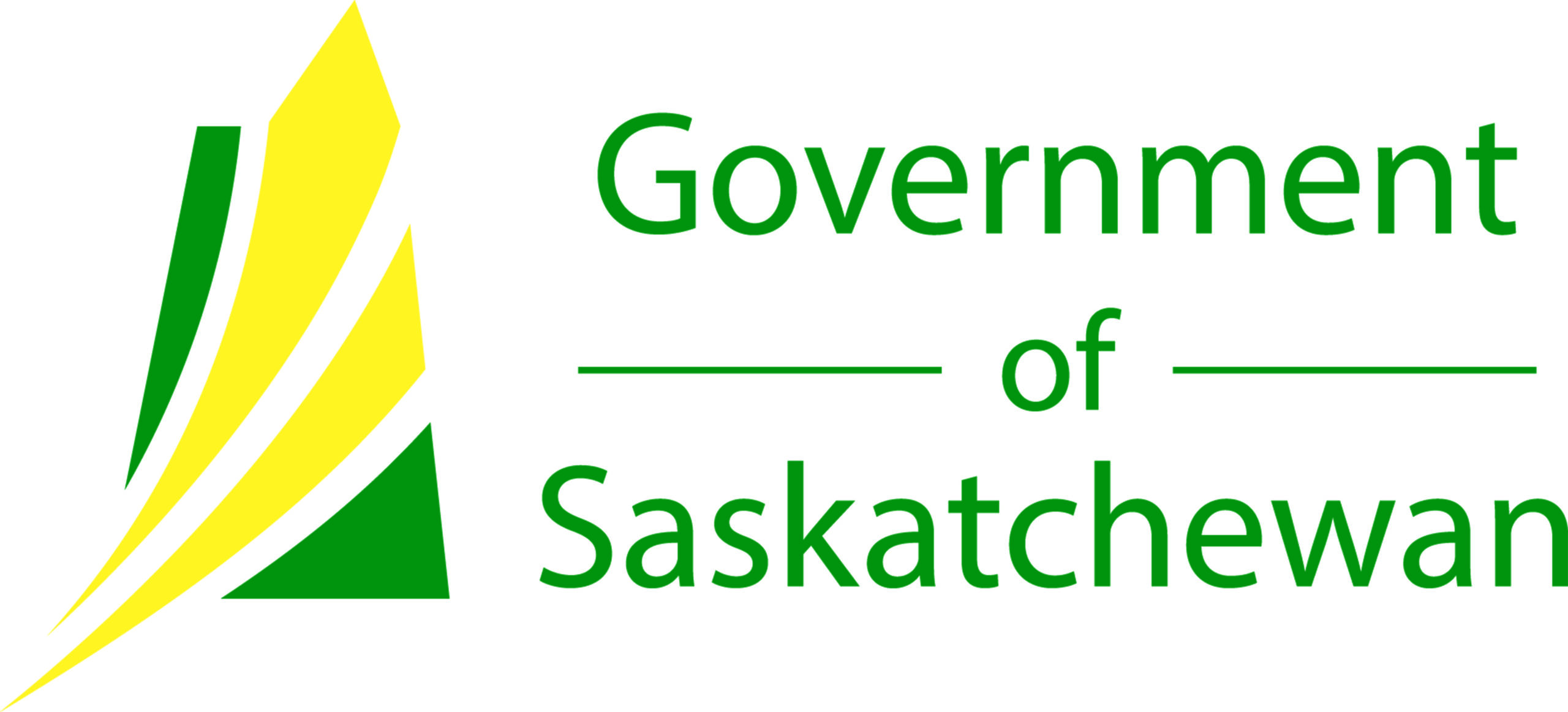
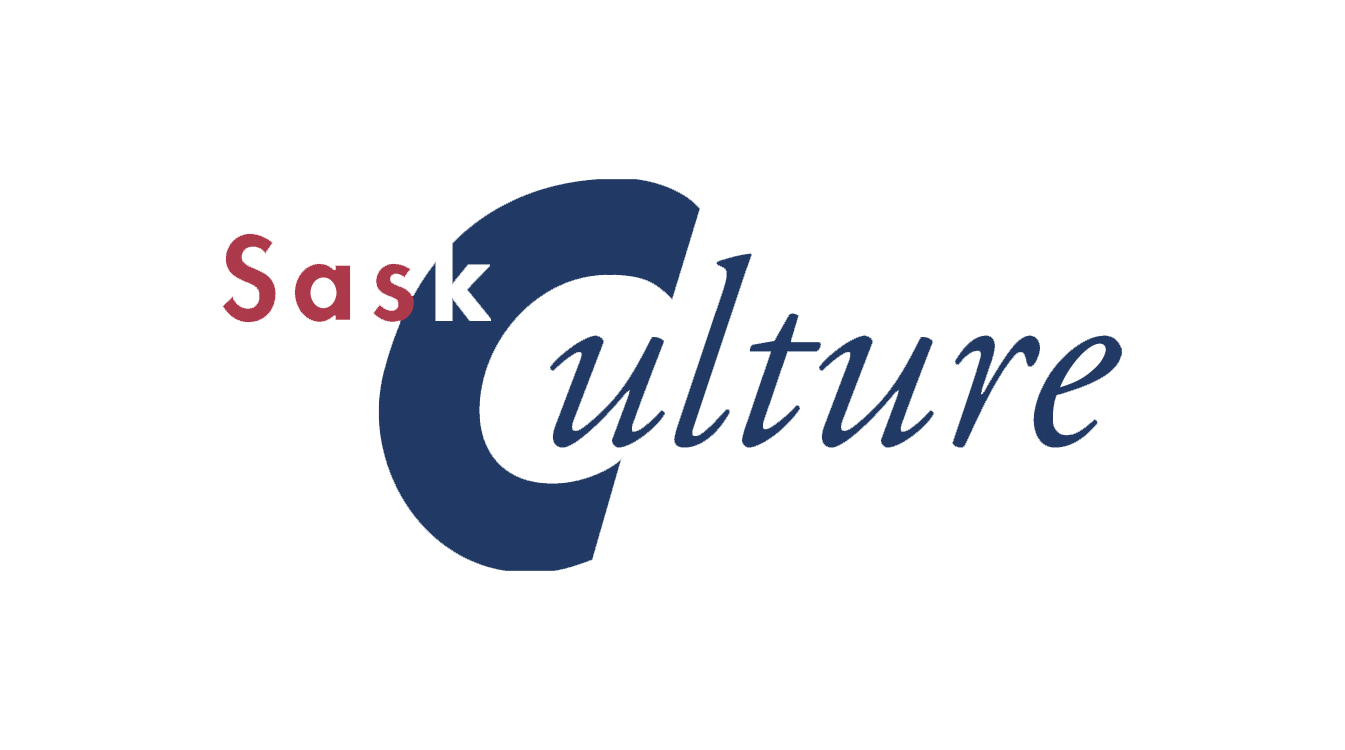
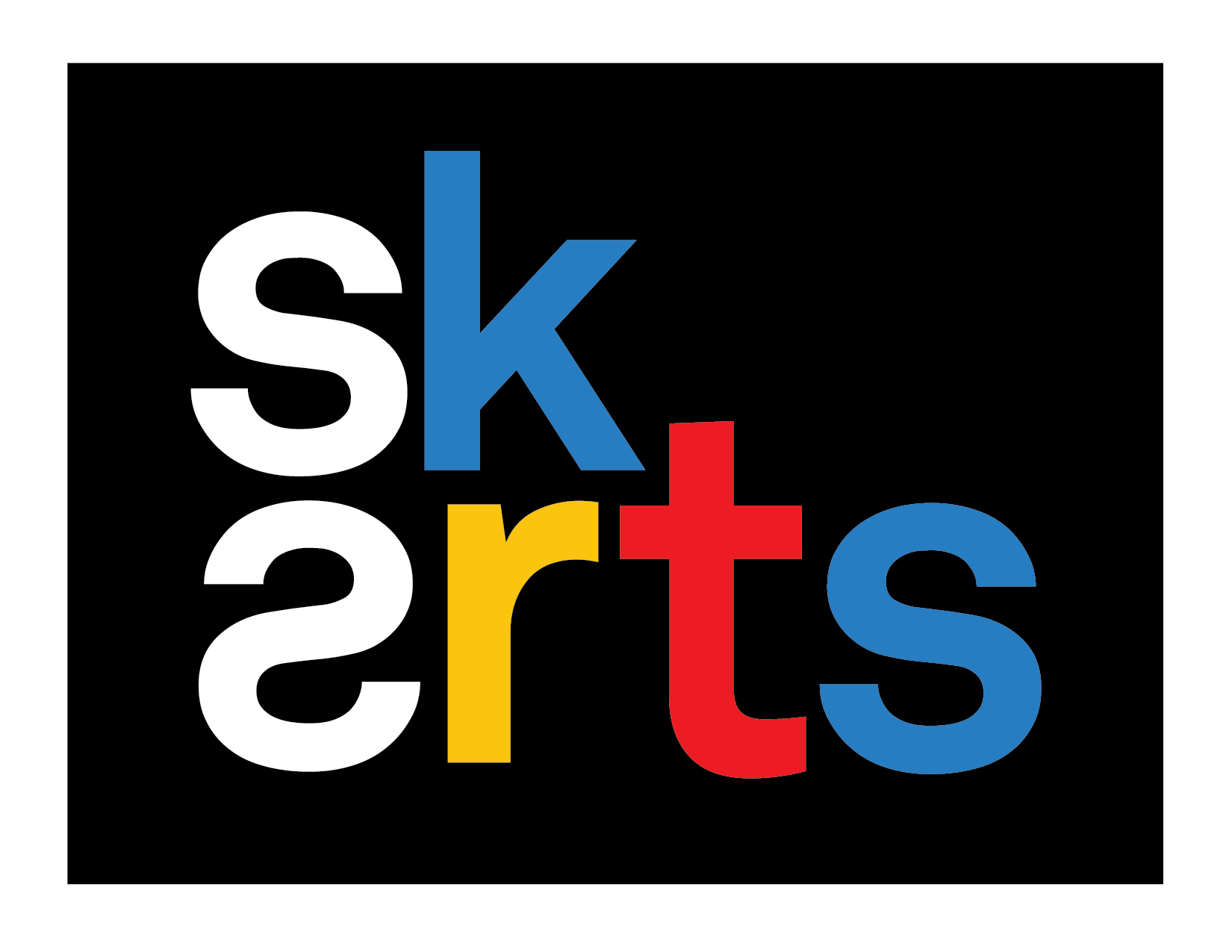





Get In Touch!
"*" indicates required fields
Hours of Operation
Monday- Friday: Open 10am-6pm
Closed for lunch day from 12-1pm.
Closed Saturday & Sundays and stat holidays.
2025 Holiday Hours: Closed December 23, 2024- January 3, 2025.
